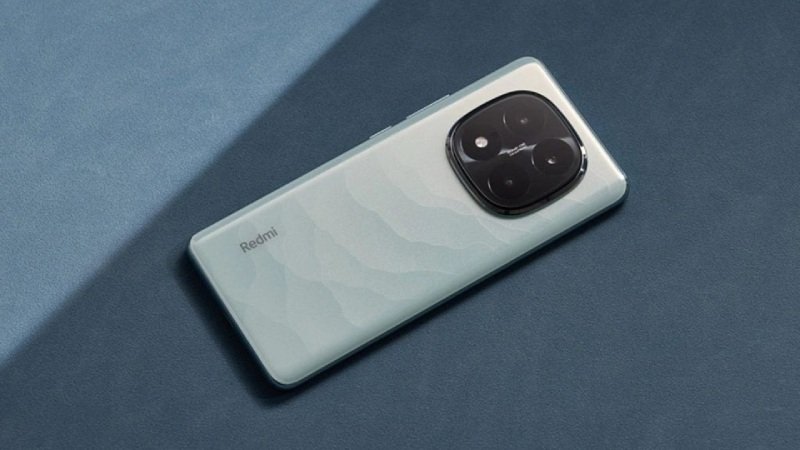Qualcomm’s Snapdragon 7s Gen 3 chipset made its Western premiere with the official launch of Xiaomi’s sub-brand Redmi’s low-cost Note 14 series in Europe. Initially launched in August 2024, the Snapdragon 7s Gen 3 chip took a backseat while the more premium Snapdragon 8 Elite made headlines two months later, debuting on the OnePlus 13 earlier this week. Now, the Snapdragon 7s Gen 3 is finally stepping into the spotlight.
The Note 14 lineup includes five models, ranging from the entry-level 4G-only Note 14 to the flagship Note 14 Pro Plus 5G, which is the sole device in the series powered by the Snapdragon silicon. This chipset, part of Qualcomm’s Snapdragon 7 series, is built on a 4nm process and features Arm’s advanced v9 CPU architecture. At its core is a 2.5GHz Cortex-A720 processor, delivering enhanced performance. The remaining models in the series rely on various MediaTek processors for their performance.
Priced starting at £399/€499.90 (around $500), the Note 14 Pro Plus 5G is positioned as a rival to Google’s Pixel 8A, which retails at $499. However, Redmi’s offering outshines the Pixel 8A in many key areas, boasting features like IP68 water resistance, up to 12GB of RAM, 512GB of storage, and a larger, Corning Gorilla Glass Victus 2 protects a brighter OLED display. The notable trade-off is in the software, as the Pixel 8A promises Android updates until 2031, a major advantage for longevity.
Other models in the Note 14 series scale down in terms of features and connectivity. The Note 14 Pro 5G retains the Pro Plus’s OLED display, 200-megapixel camera, and IP68 rating but opts for a MediaTek 7300-Ultra chipset and slower charging speeds. The standard Redmi Note 14 Pro switches to 4G connectivity, drops to an IP64 rating, and has slightly reduced specifications. Meanwhile, the Note 14 and Note 14 5G offer more basic features, with the 4G model impressing budget-conscious buyers with IP54 water resistance at a significantly lower price point than the Pixel 8A.
These phones, already available in China and India since late 2024, are now launching across ten European markets, including the UK and Germany. However, the European variants feature some differences from their Asian counterparts. For instance, the Note 14 Pro Plus 5G has entirely different cameras and battery specifications, a typical adjustment for Redmi’s regional releases.
The Note 14 series faces stiff competition, even from Xiaomi’s own stable. The Poco X7 and X7 Pro, which launched globally just yesterday, target similar price points and attract budget buyers with features like IP68 water resistance and massive 6,000mAh batteries in the Pro variant, aiming to pull customers away from rivals like Google and Samsung.
Topics #Europe #New Mobile #New Phone #news #Redmi #Snapdragon #Snapdragon 7s Gen 3











